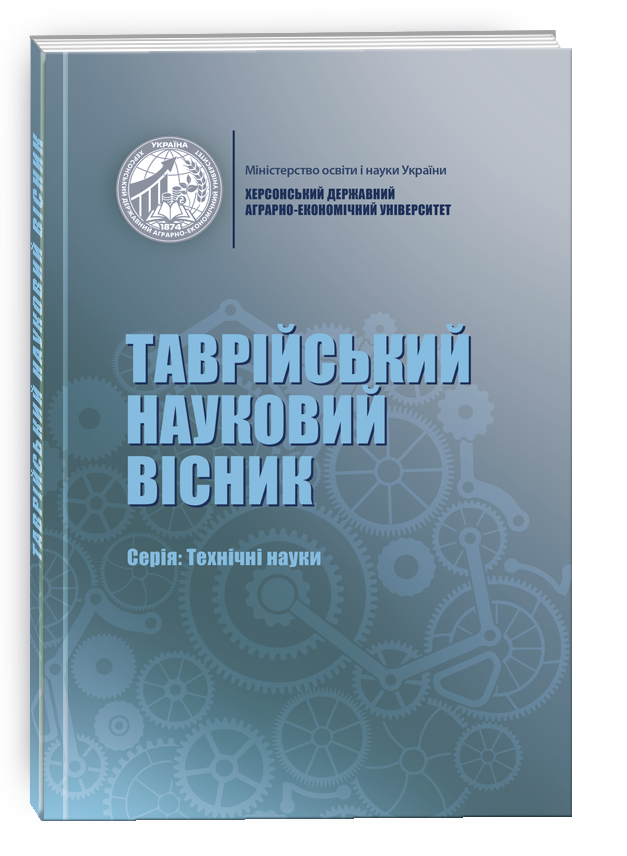COMPOSITION AND PROPERTIES OF PROTEIN-FAT EMULSIONS FOR POULTRY SEMI-FINISHED PRODUCTS
DOI:
https://doi.org/10.32851/tnv-tech.2022.5.9Keywords:
emulsion, semi-finished products, poultry, fat, protein, water, mixtureAbstract
The results of the use of protein-fat emulsions in the production of chopped semi-finished products and the study of their chemical composition and functional and technological properties are given. – protein-fat emulsions were taken as a basis, the recipes of which included protein preparations of both plant (soy isolate protein "Supro 500E" (Belgium)) and animal (milk protein "Belmix") origin, collagen-containing raw materials (chicken skin), milk serum. Fatty raw materials included lard in the emulsion. One of the ways to increase the production of meat products and improve the quality indicators of chopped semi-finished products from poultry meat is the introduction of protein-fat emulsions into their composition. It has been established that the level of functional and technological properties of emulsions is directly dependent on the ratio of components such as milk protein, soy isolate protein and fat-containing raw materials. It was found that the protein:fat and protein:moisture ratios change when the soy isolate protein dose is reduced and chicken skin is introduced. It was found that Emulsion No. 5 with the optimal ratio of protein: moisture: fat, which make up the ratio of protein: water in protein-fat emulsions is 1:(4.5-5), and the fat content varies from 3 to 8 parts for each part of protein and has high stability, optimal strength. after heat treatment. The combination of chicken skin in emulsions with proteins of animal origin effectively affects the level of their functional and technological properties, which during the production of semi-finished products from poultry meat will contribute to obtaining products of high quality, monolithic structure, with a delicate consistency, pleasant taste, aroma. The stability of the obtained emulsions depends on the type of fatty raw materials and components of functional mixtures. An increase in the amount of fat in emulsions by 20% leads to a decrease in their stability, a decrease in moisture-holding capacity and a deterioration of the organoleptic indicators of the finished product.
References
Баль-Прилипко Л.В. Актуальні проблеми та характеристика стану м’ясної промисловості України. Мясное дело. Київ: 2010. № 9. С. 4-17.
Баль-Прилипко Л.В. Інноваційні технології якісних та безпечних м’ясних виробів: монографія. Київ: Видавничий центр НУБіП України, 2012. 207 с.
Bal’-Prilipko, L.V., Patyka, N.V., Leonova, B.I., Starkova, E.R., Brona, A.I. Trends, Achievements And Prospects Of Biotechnology In The Food Industry. Mikrobiolohichnyi zhurnal. 2016. Vol. 78(3). p. 99-111.
Технологiя продуктiв харчування функцiонального призначення: монографiя / Пересiчний М.I. та ін.; за ред. М.I. Пересiчного. Київ: КНТЕУ, 2008. 718 с.
ДСТУ 8380:2015 М’ясо та м’ясні продукти. Метод вимірювання масової частки жиру. Чинний від 2017-07-01. Вид. офіц. Київ : Держспоживстандарт України, 2017.
ДСТУ ISO 936:2008 М’ясо та м’ясні продукти. Метод визначення масової частки загальної золи (ISO 936:1998, IDT). Чинний від 2008-01-01. Вид. офіц. Київ: Держспоживстандарт України, 2008. 30 с.
Тваринні білки ТД «Технологія Трейд». URL: https://www.ttr.in.ua/products/nutritional-supplements/animal-proteins (дата звернення 12.04.20)
Prylìpko, T.M., Prylìpko, l.V. (2016) Task and priorities of public policy of Ukraine in food safety industries and international normative legal bases of food safety. Proceedings of the International Academic Congress «European Research Area: Status, Problems and Prospects. Latvian Republic, Rīga, 01–02 September 2016. S. 85-89.
Чередніченко О.О. До питання виробництва і збереження якості м’яса та м’ясопродуктів. Наук. вісн. Нац. аграр. ун-ту. 2007. № 110 (ч. 2). С. 163-165.







